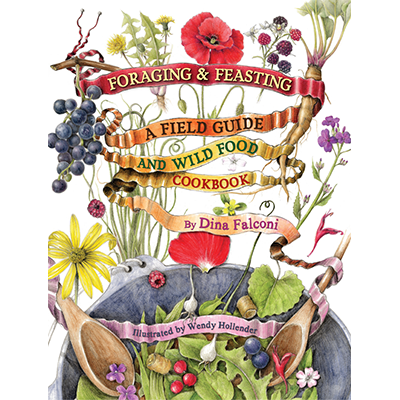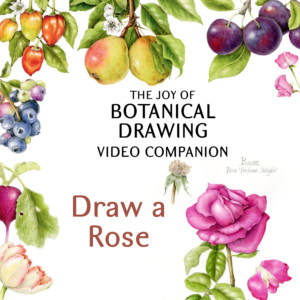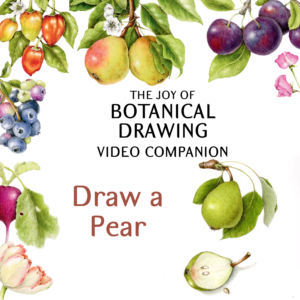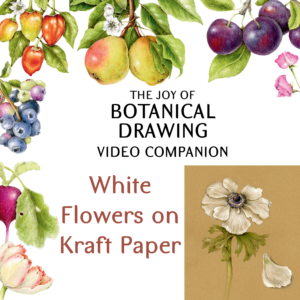Description
Identify wild edible plants with instructive, botanical illustrations; Harvest & cook them into delicious food with our recipes.
(hard cover, 8 ½ by 11 inches, approximately 240 pages, 64 pages in full color).
By Dina Falconi
Illustrated by Wendy Hollender
Learn more about Foraging & Feasting
Foraging & Feasting: A Field Guide and Wild Food Cookbook celebrates and reclaims the lost of art of turning locally gathered wild plants into nutritious, delicious meals — a traditional foodway long practiced by our ancestors but neglected in modern times. The book’s 50 beautiful, instructive botanical illustrations and over 100 enlightening master recipes offer an adventurous and satisfying way to eat locally and seasonally. Readers will be able to identify, harvest, prepare, eat, and savor the wild bounty all around them.
The mouth watering recipes have been developed with flexibility in mind. They taste great when made with cultivated fruits and vegetable too. They also cater to various dietary restrictions: gluten-free, casein-free, dairy-free, grain-free, and sugar-free. Thousands of recipe variations arise from the master recipes.
The easy-to-use reference charts collate the information found throughout the book, helping to locate the harvest and use it tastefully.
The botanical identification pages focus primarily on plants that are wild, abundant and very common. A significant portion of them are ubiquitous and can be found in many of the temperate zones throughout the world: North and South America, Europe, Asia, Africa and Australasia. Dina was unable in her research to pinpoint the exact world range for each plant, yet knows that a good number of them (not all) may be found around the globe. Note: Dina has included a few plants that start as cultivated specimens where she lives in the Northeastern U.S. that then freely spread themselves, becoming wild in the landscape. They are wild in other parts of the world.
The plants we focus on in the botanical pages grow in various zones, ranging from 2 to 9, with zones 4 to 8 being more typical.
By the way the Kitchen Arts cookbook section will be useful anywhere in the world. The recipes are designed as master templates so you can plug in a variety of wild plants or cultivated ones for that matter.




